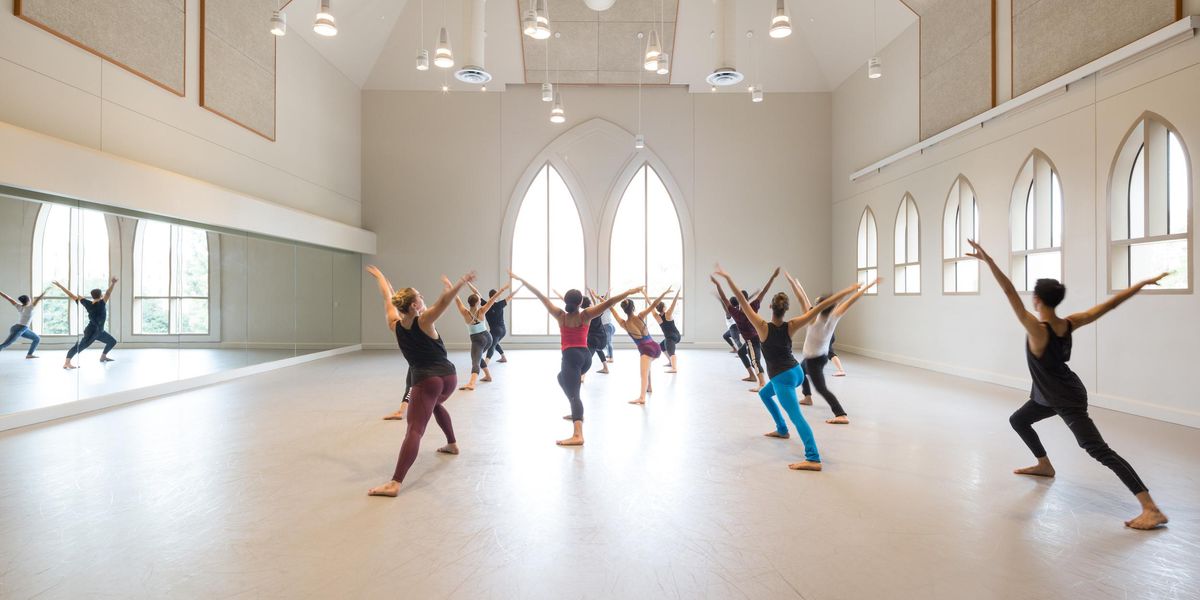Our Best Tips: Preparing for Your Summer Intensive
Summer intensive season is right around the corner! As you wrap up performances and classes, you’re probably already thinking ahead to the amazing training you’ll be getting with school out for summer and weeks of nothing but dance classes all day, every day. However, summer intensive schedules often entail long hours in the studio, putting dancers at a higher risk for overuse injuries and burnout. Having a plan to safely transition into summer intensive mode can help make sure that you’re healthy, well rested and ready to shine.
Don’t be afraid to take a break.
Dancers tend to be workaholics. But taking a strategically planned break from the studio won’t set you back and can even set you up for success. Try taking a week to completely rest from strenuous physical activity and focus on rejuvenating bodywork (a massage, perhaps?). Your body will thank you.
Get your cardio in.
The average technique class doesn’t necessarily prepare you to dance for extended periods, so using times in which you’re dancing less to work on your cardiovascular health is a smart move. Swimming is great cardio, has minimal impact on the joints and is exactly what you want to be doing this summer anyway. Or if running is your thing, try taking it outside to absorb some vitamin D.
Sara Mearns with trainer Sebastian Plettenberg at Gyrotonic Manhattan, Photo: Christopher Duggan
Cross-train.
Another way to use your transition time? Work on areas of your body that your dance training doesn’t target. Correcting imbalances helps to prevent overuse and will make you a stronger dancer in the long run. Check out our “Working out With” column for inspiration, like Dusty Button‘s strength training regimen or Sara Mearns‘ Gyrotonic practice.
Work smart.
Slowly increase the number of classes you take in the weeks leading up to your intensive to avoid stressing your body unnecessarily. Keep an eye on your technique and work in a way that doesn’t predispose you to common dance injuries. Stretch safely, focus on alignment and stability and be aware of your anatomy’s specific needs.
Give yourself a mental refresh.
Dance is sometimes as tough mentally as it is physically. Be proactive about taking care of yourself—stress predisposes us to injury, so cultivate activities that help you center yourself, such as meditation, journaling or spending time outdoors. Do things you love outside of the studio. Get inspired not just by other dancers, but by the world around you. A little perspective goes a long way.
Get more Dance Magazine.




